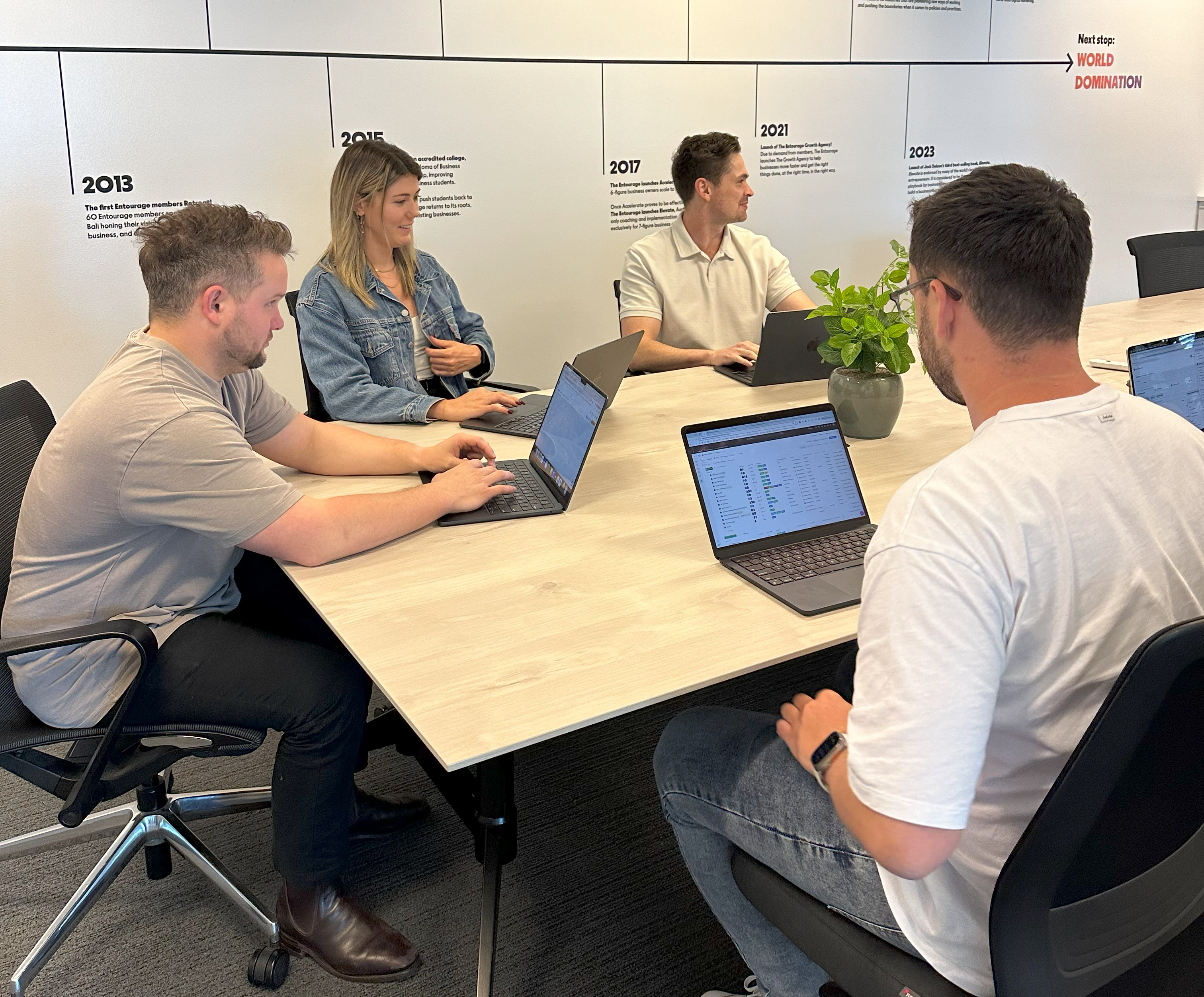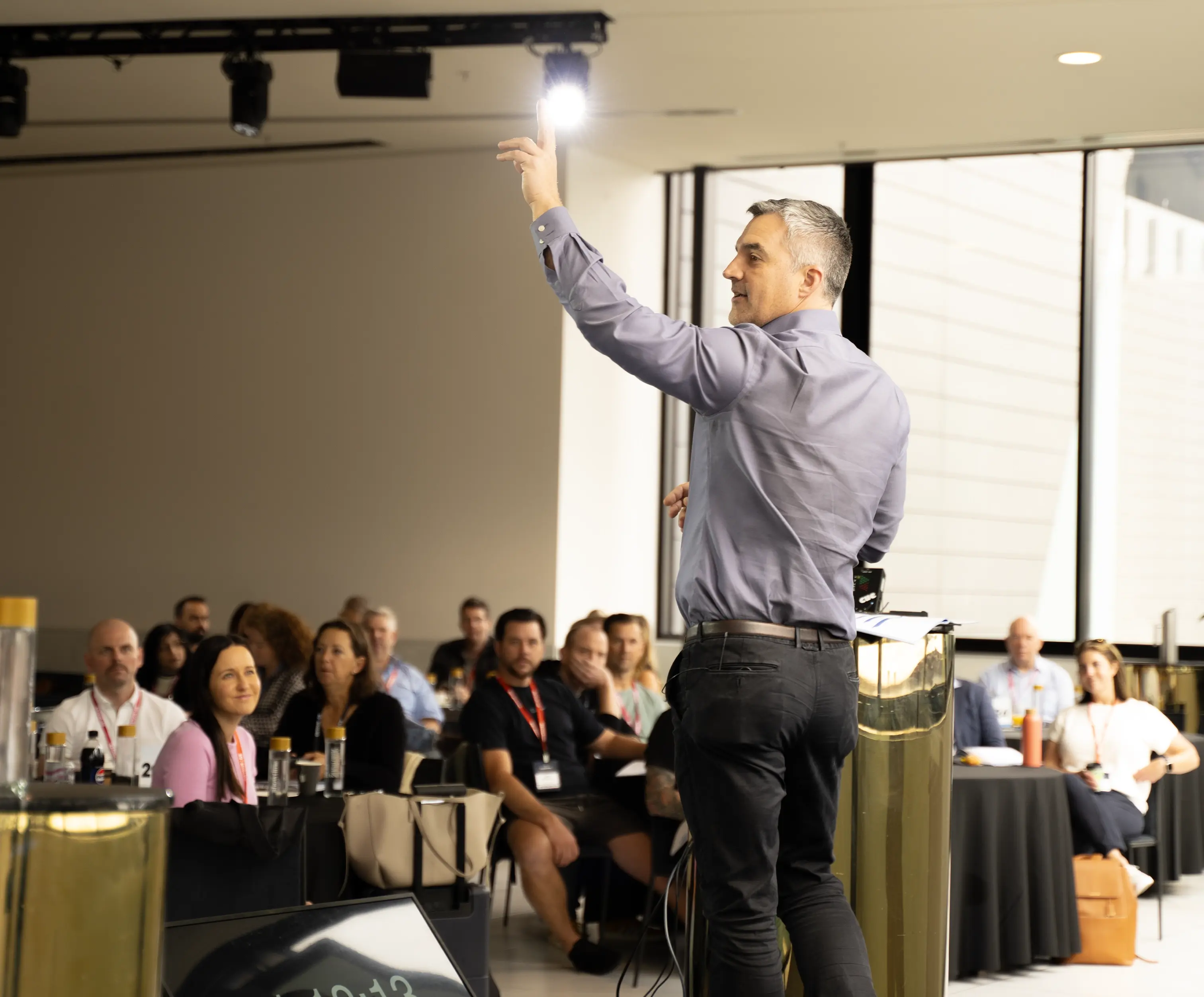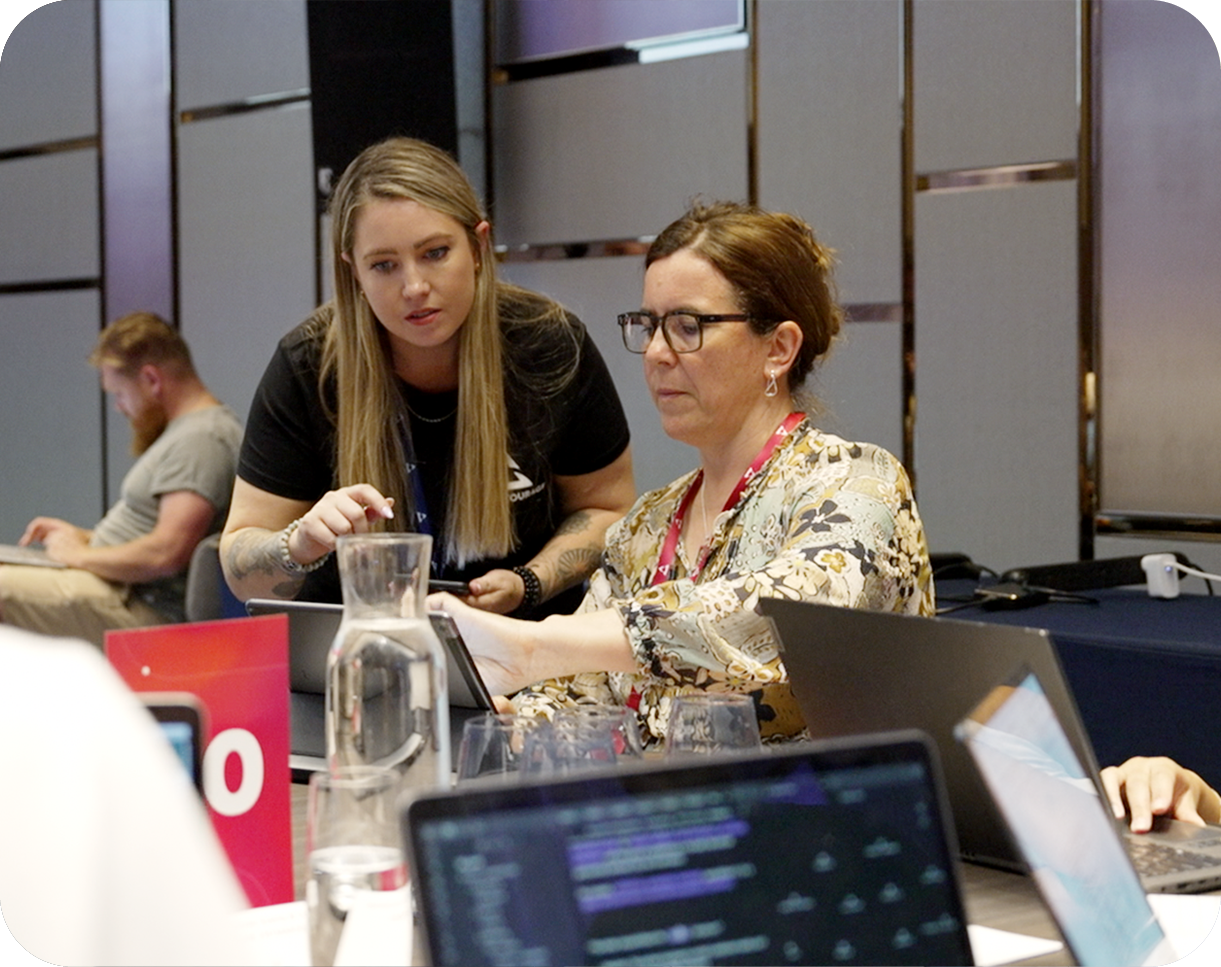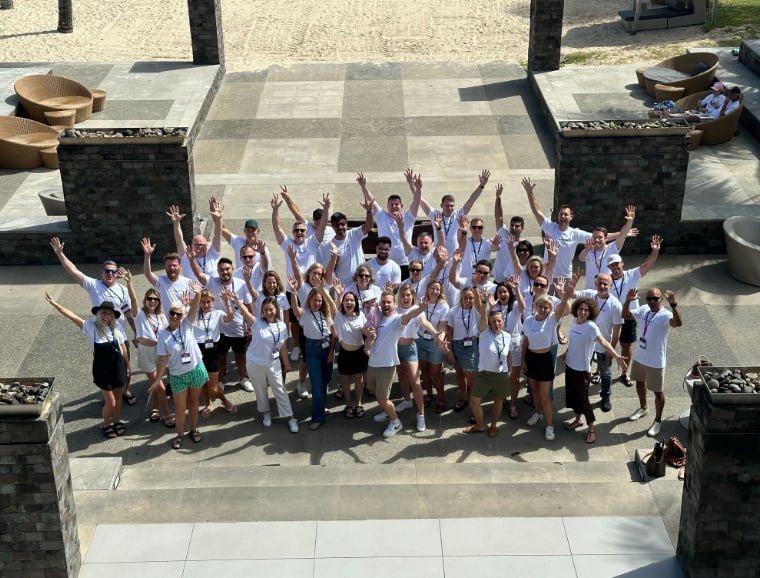In the past, remote work was seen as a novelty. But today, remote and hybrid work models are quickly becoming a norm in the majority of industries. And in turn, this shift to a hybrid work model has also resulted in a rapid evolution in office design.
In this article, we’ll talk about some of the biggest changes we've seen in how businesses are setting up their offices. If you're already using a hybrid work model or plan to adopt one in the future, use what you learn today as inspiration as you plan your next office renovation.
Greater Emphasis on Comfort
People do their best work when they’re comfortable. Whether or not your team members feel relaxed in your office comes down in large part to the type of commercial office furniture that you purchase.
Start with making sure that each employee’s workstation is comfortable: invest in adjustable chairs and tables that are the right height. There should also be ample desk organisers, drawers and filing cabinets for employees to keep their things and avoid clutter. Moreover, offices should also contain spaces where busy employees can go to take their minds off work and recharge.
Comfort is an essential aspect of employee well-being. Even if you use a hybrid model, your office should still be a place where your team members feel like they can do their best work. Invest in the right furniture to make your workplace as welcoming as possible.
More Leisure Amenities
While hybrid working arrangements give employees the benefit of working from the comfort of their own homes, it can also make it harder to clearly separate work from home life. In the past, clocking off at the office usually marked the end of the working day. Today, the lines are much more blurred.
In order to support employee work/life balances during in-office days, it’s important for offices to have leisure spaces to rest and recharge. A wellness area is an example of an office improvement that can improve your employee experience tremendously. You can stock this room with treadmills, yoga mats and other workout equipment so that those working on-site can get some exercise during a long working day.
Some other leisure amenities that you can include in your office include relaxation rooms, gaming rooms or even small kitchens where employees can catch up with each other over a meal. Work can take a big mental health toll on employees, especially if you’re a fast-paced business, so it’s crucial to give your team ample opportunities to recharge so that they can return to their tasks with renewed vigour.
Sustainability and Smart Resource Use
With more flexibility in how and when people use the office, there’s also an opportunity to rethink how offices consume energy and resources. Many businesses are now looking at how to make their workspaces more sustainable, not just to reduce costs, but to meet environmental goals and employee expectations.
Simple changes can make a big difference. That might mean installing motion-sensor lights to cut back on power use when rooms are empty, using energy-efficient appliances, or choosing furniture made from recycled or responsibly sourced materials. It can also include incorporating more greenery into the office, as plants not only improve air quality, but they can also boost employee mood and productivity.
Communicable Work Spaces
With more and more employees working from home, shared office time is at a premium. It's essential to make the most out of the time when the team is together, which is why many businesses are trying to make their offices more collaborative.
One low-cost investment that can encourage your team members to ideate together is a creative space. This area should include plenty of chairs, tables, whiteboards and, most of all, room to move around. Your office should also contain a sufficient number of meeting rooms and shared workspaces so that employees can come together and get work done should the need for collaboration arise.
By encouraging collaboration, you can make the most of the hybrid model and strike a balance between giving employees time to quietly complete their tasks and allowing them to work together.
Digital Communication Tools
Modern businesses need to account for the fact that not all of their employees will be in the same physical place at the same time. Some will be at home, while others might even be working from halfway around the world. This can pose some challenges when it comes to communications, especially when time zones are involved.
To ensure that communication runs as smoothly as possible, it's important to install the necessary equipment. This can include a large-screen monitor and high-quality speakers in your meeting rooms so that on-site staff can both see and hear their remote colleagues during meetings.
Every member of your staff working in the office should also have access to a computer and a set of headphones. Headphones in particular are essential: they're a relatively low-cost investment, but a high-quality (and preferably noise-cancelling) set can boost individual workers' productivity tremendously. You should also equip your office with speedy wifi to avoid delays in communication.
While in-person meetings and serendipitous chats in the hallway or by a water cooler still have a role to play in office communications, businesses everywhere need to contend with the fact that not everyone will be working on-site. Invest in digital communication equipment to ensure that information gets around your organisation with minimal lag.
Flexible Design and Modular Layouts
One of the biggest lessons from the shift to hybrid work is that no two days in the office look the same. Some days you’ll have a full team on-site; other times, only a handful of people might be working from the office. That’s why more businesses are leaning into flexible design and modular layouts.
Think furniture that’s easy to move, desks that can be reconfigured, and open spaces that can serve different purposes depending on the day. A quiet corner with a couple of armchairs might be used for focus work on Monday, and then quickly turned into a small meeting area by Wednesday.
By designing your office to be adaptable, you can make the most of your space without needing a major renovation every time your needs shift. A modular setup helps your office evolve with your team, and that’s a smart move in an ever-changing work environment.
Designing Workspaces for What’s Next
The way we work is changing, so it should come as no surprise that office design trends are shifting, too. Modern businesses often operate using a hybrid model, which means that they need to be more intentional than ever about protecting work-life balance, ensuring that employees are comfortable and allowing communication to run smoothly throughout the company.
We've just gone over some ways in which modern offices are changing to meet the challenges and opportunities that a hybrid working model presents. Incorporate these design trends into your own office to future-proof your business.
Related Categories
Ryan Terrey
As Director of Marketing at The Entourage, Ryan Terrey is primarily focused on driving growth for companies through lead generation strategies. With a strong background in SEO/SEM, PPC and CRO from working in Sympli and InfoTrack, Ryan not only helps The Entourage brand grow and reach our target audience through campaigns that are creative, insightful and analytically driven, but also that of our 6, 7 and 8 figure members' audiences too.





